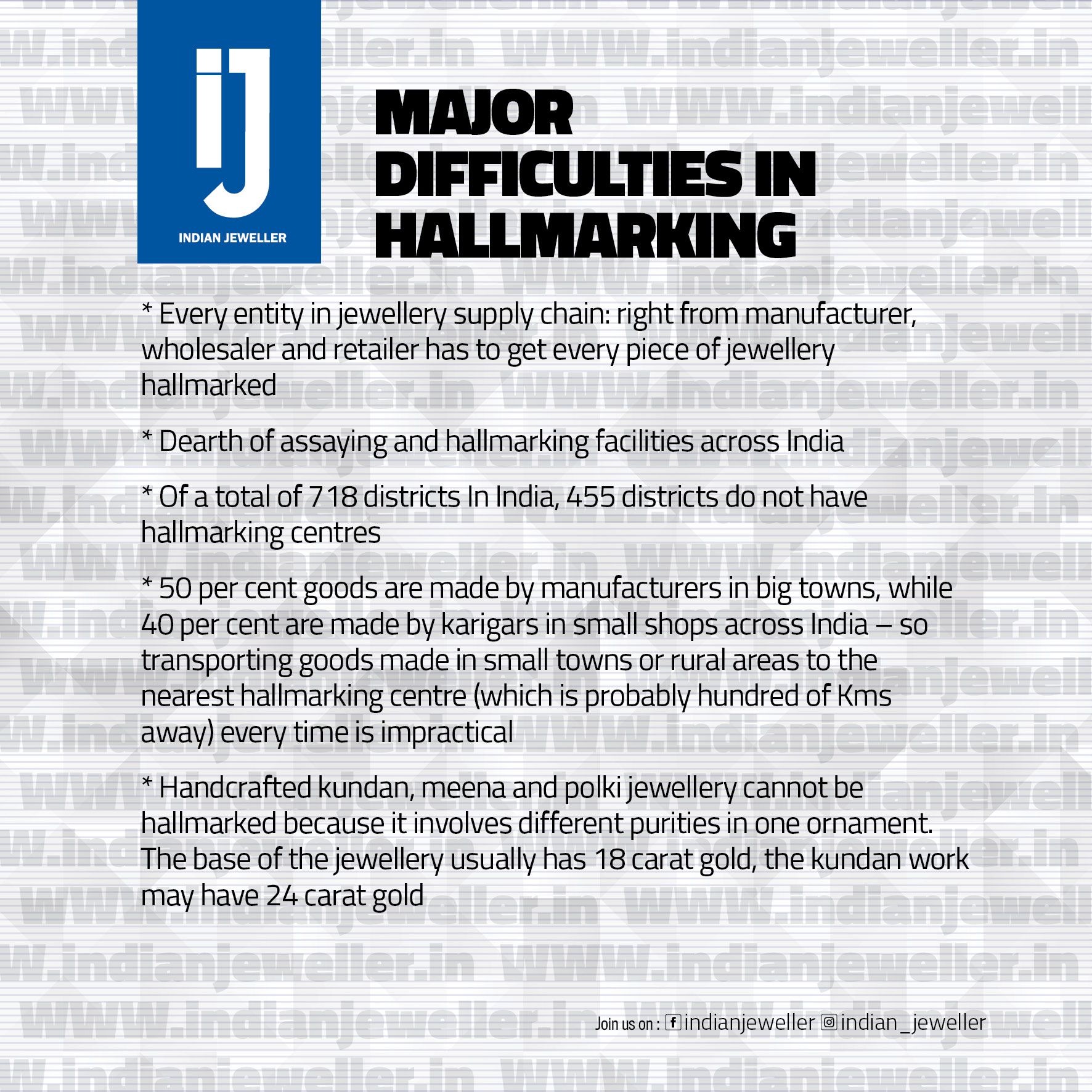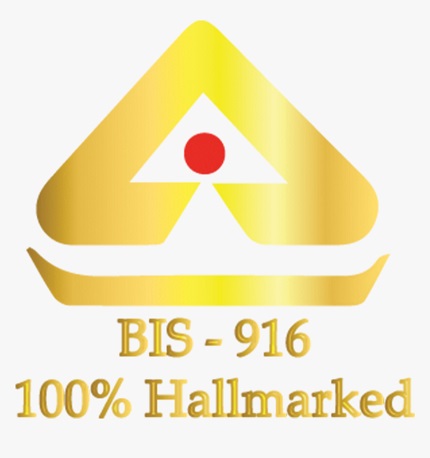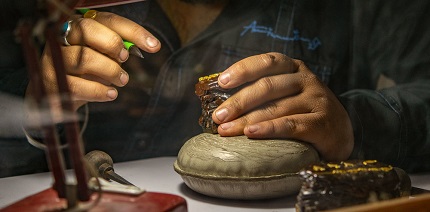The Government of India is making hallmarking (certification of purity) of gold jewellery mandatory from 15 June 2021. Among the many difficulties that jewellery business owners are facing in hallmarking their products major ones include: HUID and its impracticalities, dearth of assaying and hallmarking centres in India and heritage jewellery issues when it comes to hallmarking

HUID and its impracticalities
At present, mandatory hallmarking of gold is impractical primarily because BIS hallmarking authorities are expecting every entity in jewellery supply chain; right from manufacturer, wholesaler and retailer to get every piece of jewellery hallmarked. This will take a lot of time and is not feasible for everyone to spend so much time and effort in getting the hallmarking done.

All products in the store should be hallmarked, which involves uploading of photos of all products on the BIS website. This gives everyone an opportunity to copy designs. Additionally, it will take a long time. The cost of interest lost in the process is huge. The hallmarking process is such that you have take each piece, photograph it and upload it. If there are 7,000 pieces everyday from one jeweller, and if there are one lakh pieces daily which are sent at each hallmarking centre – it is humanly impossible to complete the uploading work in a day. The lockdown also has increased the difficulties.

The risk of transportation is very high. Also note that, 50 per cent goods are made by manufacturers in big towns, while 40 per cent are made by karigars in small shops across India. If hallmarking becomes mandatory, the smaller karigars will lose their jobs as their products are hand crafted in the small retail shops spread out in every corner of the country and transporting them across hundreds of kilometres each time for hallmarking is risky and time consuming. Therefore UID for every piece of jewellery is indeed a tall order to meet. According to Saiyam Mehra Vice Chairman, GJC, “We accept and welcome hallmarking but the way they want to implement it seems difficult. We have therefore set up an expert committee of jewellers who will discuss the problems they are facing in getting hallmarking done as per the current guidelines with BIS officials. BIS officials have been cordial and amicable and therefore I am sure they too will understand our difficulties and come out with solutions.”

Today, in India 455 districts do not have hallmarking centres nearly 67 per cent districts in India do not have hallmarking facilities. Therefore we need to improve the infrastructure, first before making hallmarking mandatory. Also, UID for all ornaments and pieces of jewellery will be very difficult to implement. Informs Mansukh Kothari, Vasupati Jewellers, “Hallmarking needs to be done at one point – by retailer before selling it to ultimate consumer – making it mandatory for manufacturer, wholesaler and all parties in the jewellery supply chain is not feasible.”

Heritage Jewellery and Hallmarking Difficulties
Hand crafted heritage jewellery of Rajasthan, is never sold like jewellery – it is sold more like a part of art and culture of Rajasthan. Jaipur is known all over the world for its heritage jewellery. Artisans take a long time to delicately craft each and every part of the ornament. It has immense historic significance. The Maharajas of the past and Mughal emperors and their royal families donned this type of jewellery. Therefore it is not just a jewellery – it is an integral part of our culture and tradition. If an artist makes a painting and uses gold to adorn it – the painting cannot be sent for hallmarking and purity of gold cannot be tagged. It sells for the value of art and not for the value of gold used in it; this is a similar case. Says Nitin Gilara, Rambhajos, Jaipur, “Therefore we have formed an informal group of jewellers from Jaipur who are involved in the manufacture and sale of this type of jewellery. Handcrafted kundan, meena and polki jewellery should be exempted from mandatory hallmarking – also because it involves different purities in one ornament. The base of the jewellery usually has 18 carat gold, the kundan work may have 24 carat gold, meenakari again may have different purity of gold depending upon the colour used. In such cases it is impossible to hallmark it with one standard.”
As per the current norms laid down by the government a jewellery retailer cannot sell gold with different purities in one piece of jewellery – in case of heritage jewellery every piece will invariably have different purities. In the current process a UID has to be generated for every piece, only then it can be hallmarked – this is highly time consuming. In case there is even a small alteration made in the product it needs to be sent for hallmarking again.
Even in case of a set like a necklace with matching earrings, each piece of jewellery will be hallmarked separately. Many jewellers are saddened by the inability of the government officials to understand the process of jewellery making, and the fact that they are looking upon jewellery retailers with askance. In the days to come, hopefully there will be adequate solutions offered by the government and will ease away these difficulties.
Be the first to comment